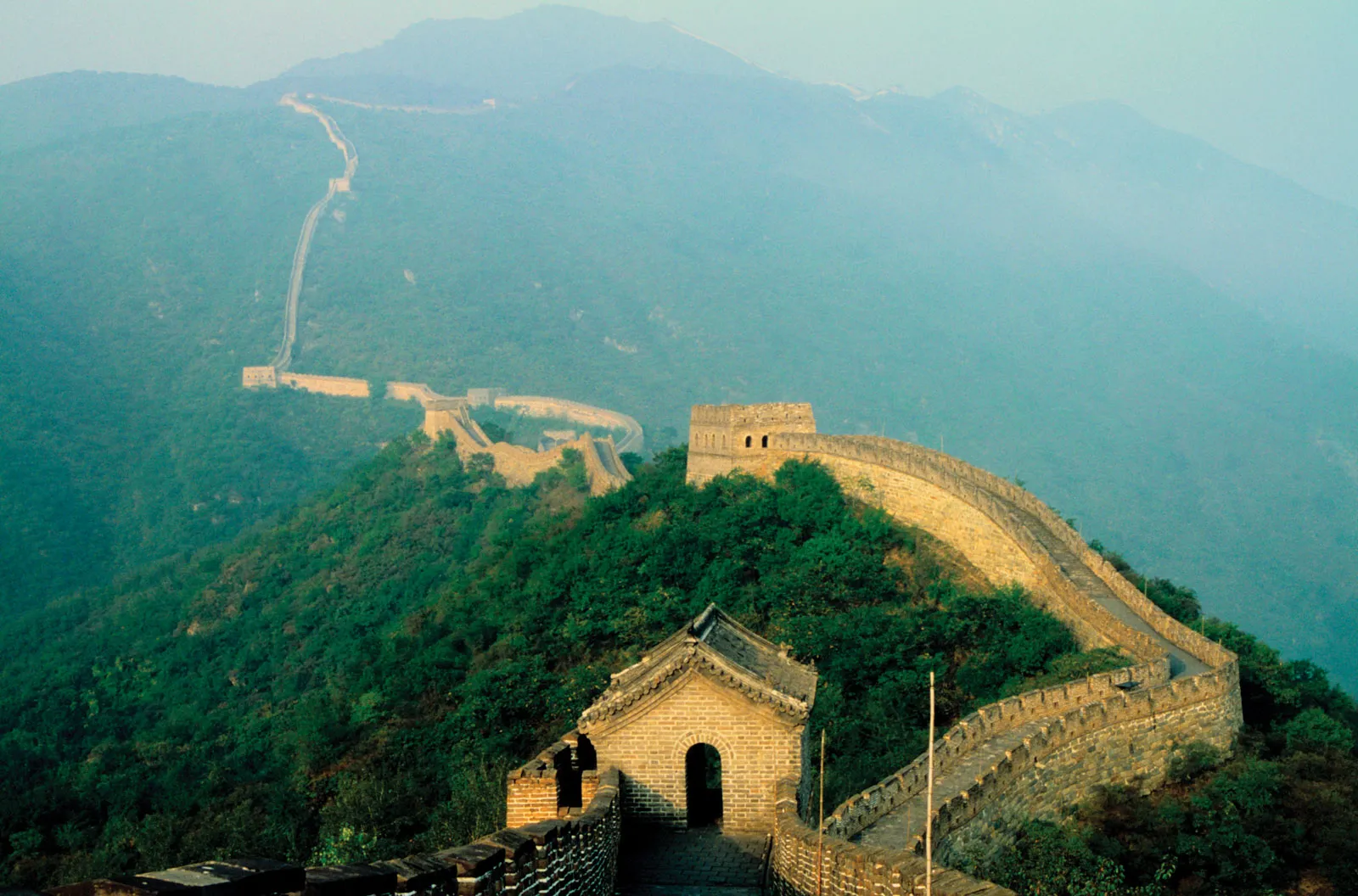
The Great Wall of China is a wonder of the human-made world that has deeply intrigued me as a well-traveled history lover. The grandiosity and mystery of this wall, sprawling across the northern reaches of the country, have stood as a true testament to human capabilities for millennia. In this piece, I seek to explore 10 thrilling facts about the Great Wall, exploring its significance, constructional achievements, and long-standing influence on the country and its people.comma-shaped.
The Great Wall of China is a testament to human engineering and achievement, winding its path through rough terrains and diverse landscapes. Personally, I have been fascinated by this wall far before I started reading and exploring its history more profoundly. Let us embark on this journey together.atomic into the history and secrets of this amazing structure.
Historical significance of the Great Wall of China
The Great Wall of China is an integral monument of history that exemplifies the concepts of unity, determination, resilience, and nationalistic pride. Built in 3 rd century BC, the wall was designed to protect the Chinese territory from invasion by the nomadic raiders. These fortresses were diverse, and they were slowly consolidated over time to be transformed into the Great Wall. For centuries, the gengtoto Great Wall marked China’s borders and shielded it from the invaders. It allowed the development of unique cultures and civilizations along its path. The fortresses bear testament to the Chinese spirit and unyielding will fortify and defend their established homeland.

The purpose and function of the Great Wall of China
Despite the undoubtedly defensive focus, the creators of the Great Wall of China saw its walls as much more than just military fortifications. The Great Wall consolidated the diverse regions and peoples of ancient China under the banner of the united struggle – protection of the Motherland. In addition to military and defense functions, the Great Wall of China was also responsible for commerce and the Silk Road, ensuring control of the people’s possessions and human trafficking.
Interesting facts about
- Visibility from Space: Contrary to popular belief, the Great Wall of China is not visible to the naked eye from the Moon or even low-Earth orbit. However, it can be seen from the International Space Station and certain satellite images.
- Construction Materials: The Wall was constructed using a variety of materials, including stone, brick, rammed earth, and even sticky rice mixed with egg whites as a binding agent in some sections.
- Fortified Gateways: Along the length of the Great Wall, there are numerous fortified gateways, known as “passes,” which served as checkpoints for travelers and merchants. The most famous of these is the Juyongguan Pass, a strategically important gateway located near Beijing.
- Mythical Origins: According to Chinese folklore, the Great Wall was built by the mythical creatures known as “Meng,” who were said to have the ability to move mountains and level valleys with their supernatural powers.
- Cultural Significance: Beyond its defensive role, the Great Wall of China has become a powerful cultural symbol, representing the resilience, determination, and ingenuity of the Chinese people.
Myths and misconceptions
Despite being one of the most iconic structures in the world. The Great Wall of China has been surrounded by various myths and misconceptions throughout history. Among the most common misconceptions. The Wall is one continuous and unbroken fortification stretching over the entirety of the Chinese length. In truth, the Wall consists of numerous interconnected segments erected during different periods by different dynasties. And varying highly in both authenticity and restoration.
Another myth is that the wall is space-visible with a naked eye. Although conscripted labor was obviously a factor, many workers and artisans who conscripted and built it were willing participants who did so out of nationalistic duty.

UNESCO World Heritage status
The Great Wall of China, renowned for its architectural splendor and profound historical meaning. Attained designation as a UNESCO World Heritage site in 1987 in recognition of its outstanding universal value. This prestigious distinction affirmed not only the Wall’s epochal significance and ingenious construction. But emphasized the necessity of safeguarding its preservation for generations to come.
Listing on the UNESCO World Heritage registry has been pivotal in illuminating. Wider global awareness of the Great Wall and fueling conservation initiatives. Additionally, international cooperation and aid have been kindled through this program. The continuing rehabilitation and upkeep of this iconic architectural legacy.
Tourist attractions and sections of the Great Wall of China
While the Great Wall of China spans an immense distance. There are several popular tourist attractions and well-preserved sections that draw visitors from around the world. One of the most famous and frequently visited sections is the Badaling section, located just north of Beijing. This section offers stunning views, well-maintained walkways, and a glimpse into the Wall’s rich history and architectural grandeur.
Beyond these iconic sections, the Great Wall of China offers a wealth of lesser-known destinations. Each with its own unique charm and historical significance. From the remote and rugged Jiankou section to the serene and tranquil Huanghuacheng section. There is no shortage of opportunities to explore and appreciate the Wall’s diverse landscapes and cultural heritage.
Challenges and preservation efforts of the Great Wall of China
Despite its enduring legacy, the Great Wall of China faces numerous challenges and threats to its preservation. Over the centuries, natural forces such as erosion, weathering, and vegetation growth have taken their toll on the Wall’s structure. Human activities, including urbanization, tourism, and vandalism, have also contributed to its deterioration.
In response to these challenges, extensive preservation efforts have been undertaken by the Chinese government and international organizations. These efforts include structural reinforcement, vegetation control, and the implementation of visitor management strategies to mitigate the impact of tourism.
One of the most significant preservation initiatives is the Great Wall Protection and Renovation Project, launched in the 1980s. This ambitious project aims to restore and reinforce the Wall’s most vulnerable sections, while also promoting sustainable tourism and raising awareness about the importance of cultural heritage preservation.

Conclusion: The enduring legacy
As I reflect on the ten riveting facts about the Great Wall of China. The Wall stands as a testament to the indomitable spirit of the Chinese people. Their unwavering determination, and their rich cultural heritage.
Beyond its physical grandeur, the Great Wall of China holds a deeper symbolism. A reminder of the power of unity, resilience, and the human capacity to overcome seemingly insurmountable challenges. Its enduring legacy serves as an inspiration for generations to come. Encouraging us to embrace our shared humanity and strive for greatness in all our endeavors. If you enjoyed exploring the legacy of the Great Wall, you might also find our article on South Korea fascinating. Dive into the vibrant culture, rich history, and dynamic modern life of another intriguing nation by checking out our detailed exploration of South Korea.








